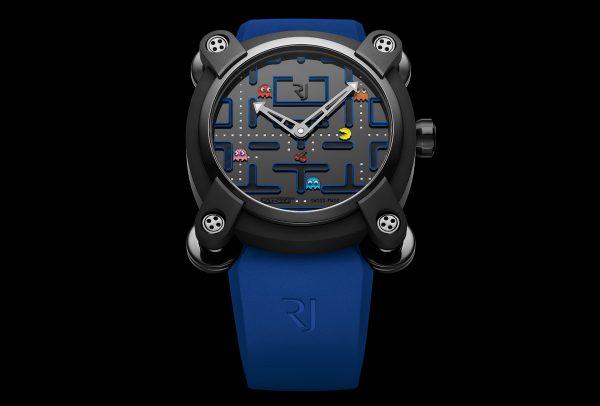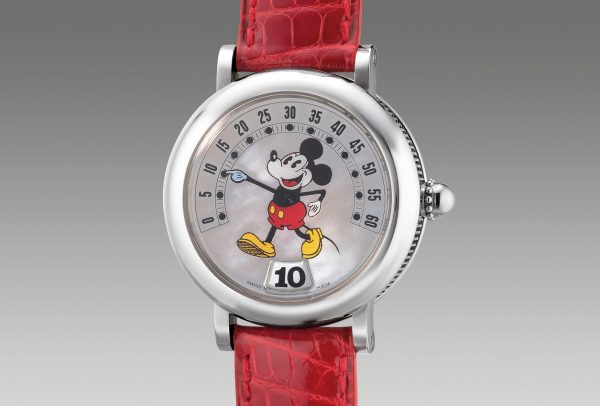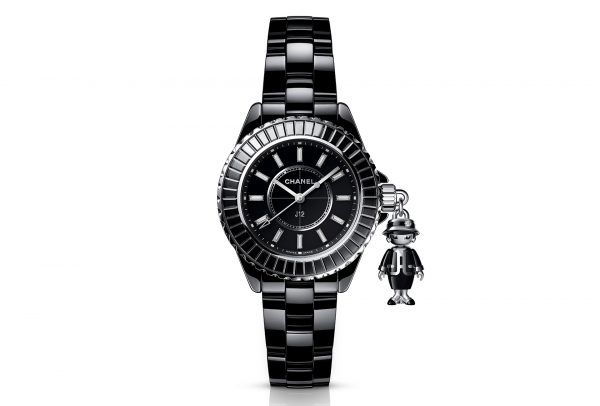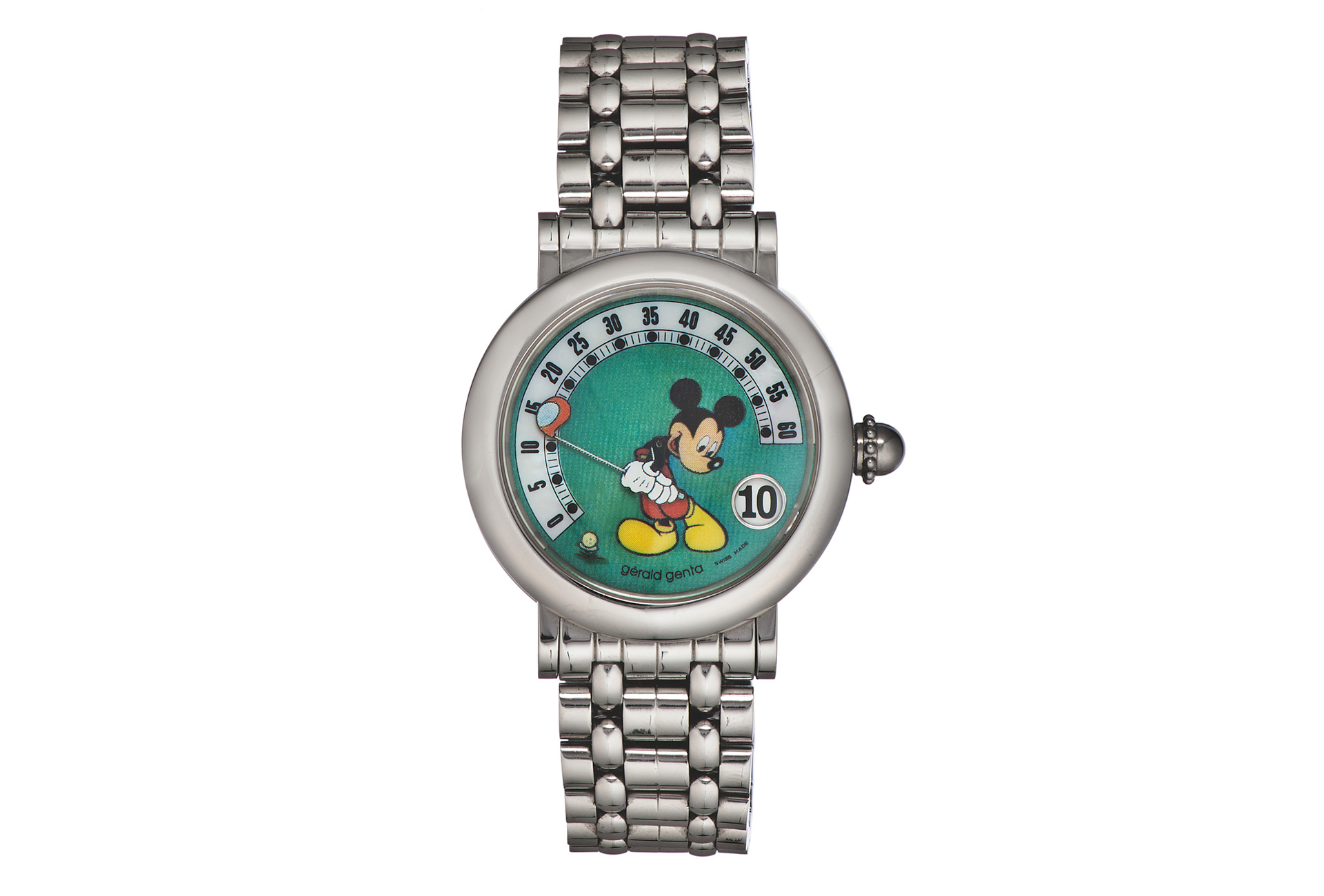It started out simple: people carried a watch so they would know the time when there was no nearby clock or steeple bells to chime the hour. Later, watches kept track of sporting exploits, never missing a beat even in extreme circumstances. Thought went into their design, of course, but from a purely utilitarian perspective. Not for a second did anyone imagine that a watch might raise a smile, like the now defunct RJ’s Super Mario Bros, or Piaget’s Wings of Light in mouthwatering coloured sapphires. Elsewhere, in luxury’s lofty spheres, fun was never of the essence. What was luxury if not a rare and costly object crafted by skilled hands, a symbol of its owner’s status and a sign of enduringly good taste that would never entertain the possibility of “cheap” (in the days before “cheap” became “chic”). A labrador head on a sweater, a yellow T-shirt with the DHL logo, a blue leather bag inspired by Ikea’s crunchy tote (all three by Balenciaga these past ten years)? Unthinkable.

When, exactly, did luxury pick up on popular culture? In 1936, couturier Elsa Schiaparelli, a friend of the Surrealists who introduced endless whimsical details into her designs, launched Shocking, a fragrance in a bottle shaped like Mae West’s hourglass figure (today it would be Kim Kardashian). Exactly thirty years later, Yves Saint Laurent sent models down the runway in Pop Art-inspired dresses. But the trend really came to the fore in the 1980s, when filmmakers introduced audiences to alien creatures and galaxies far, far away (Star Wars, E.T.), advertisers developed a radical visual language (Jean-Paul Goude) and interior design went neon (Memphis Style). A new generation invented its own cheerful, regressive codes and embraced a pop culture that still fascinates, four decades on. Chanel imagined its suit in bubblegum pink and canary yellow. Gérald Genta rewrote the rules of Haute Horlogerie when he obtained an exclusive license from… Disney.

His avant-garde Mickey, Donald and Minnie dials have since been joined by Popeye and Snoopy at Rolex and Omega, and an entire gang of superheroes: Flash Gordon and Batman, also at Rolex, Spider-Man and Joker at RJ, War Machine and Black Panther at Audemars Piguet. These growing ranks can be explained in one (or rather two) words: social media. At the brink of the new millennium, luxury was about to experience a sea-change. Brands accustomed to welcoming clients in suits or tailored dresses came face-to-face with a generation of sportswear-clad billionaires from the tech and entertainment industries. Storied houses that spoke little, and always from afar, had to conform to the age of the instantaneous and the all-powerful image, in a race for the most “likes” that leaves no room for discretion. Images of the watchmaker at her bench are fine, but hardly spectacular. When reasons to be cheerful are hard to find (even before Covid, the world wasn’t rosy), consumers look for reassurance. This can be characters from childhood, comfort food (cf. Richard Mille’s candy-themed Bonbon collection) or iconic groups (the Rolling Stones on a Zenith El Primero). Life is one long scroll of images and announcements that must be fed.

In this age of technology, a watch is no longer quite so essential. Why carry the time on your wrist when you have it at your fingertips, on your phone; the only accessory we don’t physically wear yet which never leaves our side. Manufacturers have been quick to realise that the way to the connected generation’s heart is to offer more than the simply useful. Chanel had the bright idea to attach a miniature Coco to its J12, the kind of lucky charm you might find in a souvenir shop – except this one is in black ceramic and white gold, or in diamond. Bright leather strands woven into the Première bracelet are a reminder of playground scoubidous.
Attuned more to a culture of little and often, mix and match, than the desire for iconic objects that will last a lifetime, this blend of luxury and pop culture is a sign of our times: nostalgic, inclusive, disruptive, spontaneous. How far will Haute Horlogerie continue in this frenzy of fun? How long before watchmakers go the same way as Moschino and its handbags, with images of Barbie, a McDonald’s wrapper or a packet of cornflakes?


















